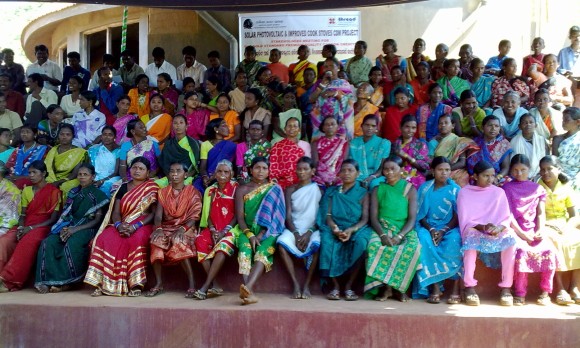About CDM

When the Kyoto Protocol was signed, a new arrangement was set up by the United Nations Framework Convention on Climate Change (UNFCCC), called the Clean Development Mechanism.
The purpose of this mechanism is to help non-polluting countries achieve sustainable development and, at the same time, help industrialized countries meet emission reduction quotas they have committed to in Kyoto.
The science that supports the Clean Development Mechanism is that since the whole world is like a greenhouse, CO2 and Greenhouse Gases (GHG) emitted by industry in any one part of the globe can get sequestered in any other part of the world. While most countries of the world have accepted the measurements that support this science, USA and a few others contest it and refuse to sign the Kyoto Protocol.
The economics that supports the Clean Development Mechanism is that it is much cheaper for polluting Parties (i.e. factories, industry, sectors and countries listed in Annex I of the Kyoto Protocol) to purchase credits for emission reduction and/or sequestration by non-polluting Parties (i.e. developing and under-developed countries), than to themselves install expensive clean-up mechanisms.
The globally accepted currency for purchase/sale of these carbon credits is Certified Emission Reductions or CERs. Trading in CERs is currently done under the EU Emission Trading System which operates just like any stock market.
Case Study: The Bagepalli CDM Biogas Project
Rural women in Chickballapur district, Karnataka, burnt fuel wood and use kerosene for their daily cooking needs. This resulted in Carbon Emissions to the tune of 3.6 CERs per annum/family.
A far sighted Carbon Investor who wanted to both, make profits and also participate in a pro-rural women CDM Project, advanced € 1.1 million to build 5,500 Biogas Units for them to convert cow dung into cooking gas.
When these Units are commissioned, there will be a saving (or emission reduction) of 3.5 CERs per Biogas Unit per annum. These 5,500 x 3.5 = 19,553 CERs can be traded in the Carbon Market at the market price of CERs. It is also is also registered as a Gold Standard project thus benefiting a premium on the CER price.
Individual factories in Europe, who are legally obliged to reduce their carbon emissions, will purchase these CERs to meet a part of their respective quotas, provided the market price of CERs is cheaper than installing clean-up technology on their chimney stacks.
Annual income from the sale of 19,553 CERs will, for the first 2-3 years, go to meet the construction cost of the 5,500 Biogas Units and the Carbon Investor will recover his initial investment. After that, CER Revenues are a pure income that will be shared by both, the Carbon Investor and 5,500 rural women.